Yoga and pranayama (breathing exercises) are not just relaxation techniques—they’re also powerful practices that can help preserve and enhance respiratory health. By incorporating these routines into your daily regimen, you can boost lung capacity, improve breathing efficiency, and reduce your risk of respiratory issues like asthma and bronchitis flare-ups.
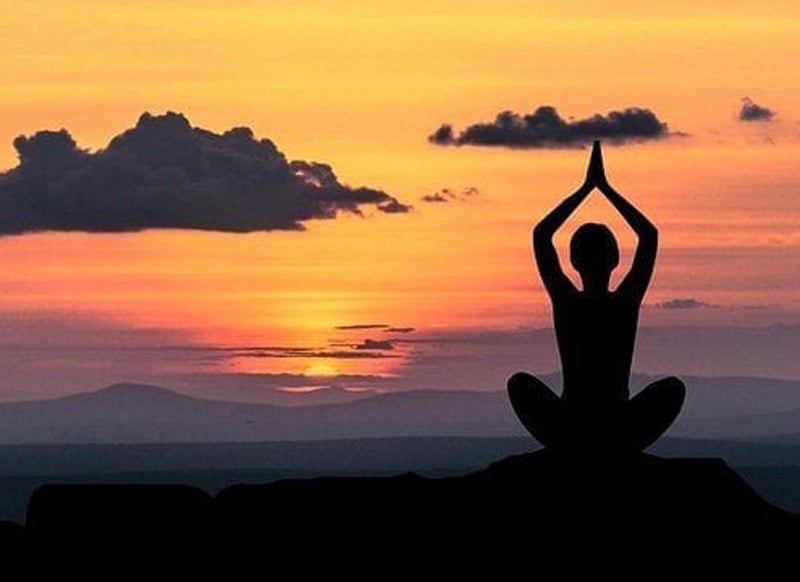
Consistent practice promotes relaxation of the respiratory system, making breathing easier and supporting overall wellness. Below, we explore key yoga poses and pranayama techniques that can revitalize and maintain your lungs.
According to Yogacharya Akhil Gore, founder of RouteIn Yoga, regular practice of these yoga poses and pranayama techniques can:
- Strengthen respiratory muscles
- Improve oxygen intake
- Reduce airway inflammation
- Alleviate stress-related breathing problems
- Enhance lung function
- Build respiratory endurance
Effective Yoga Poses (Asanas) by Himalayan Siddhaa Akshar, Yoga Guru
Fish Pose (Matsyasana)
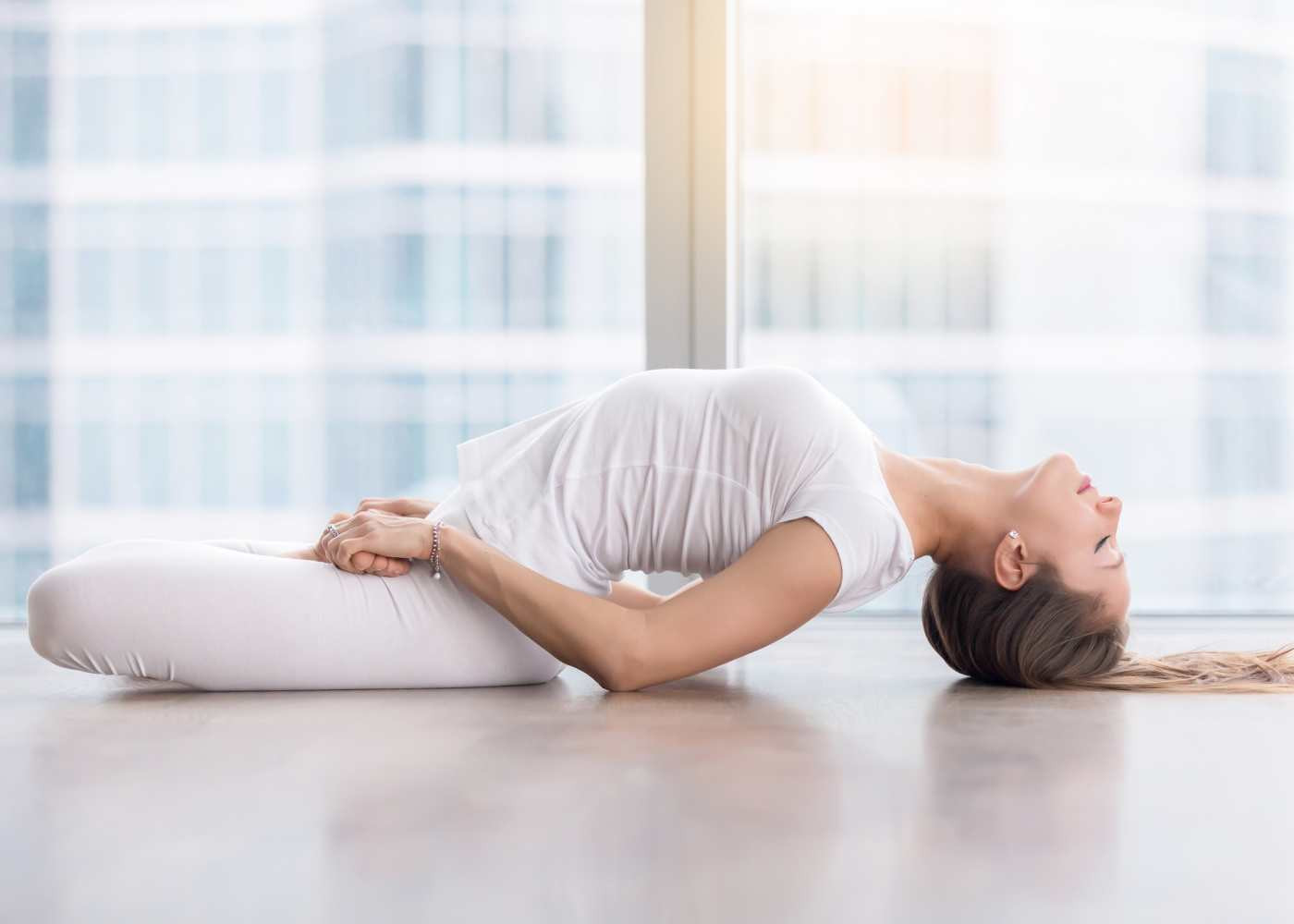
- Lie on your back and lift your chest while supporting your head.
- Opens the throat and chest area.
- Excellent for increasing lung capacity.
- Hold for 30-45 seconds.
Cobra Pose (Bhujangasana)

- Lie face down with palms under shoulders.
- Lift your chest while keeping your lower body grounded.
- Expands the lungs and strengthens the upper back.
- Hold for 15-30 seconds.
Cat-Cow Stretch (Marjaryasana)
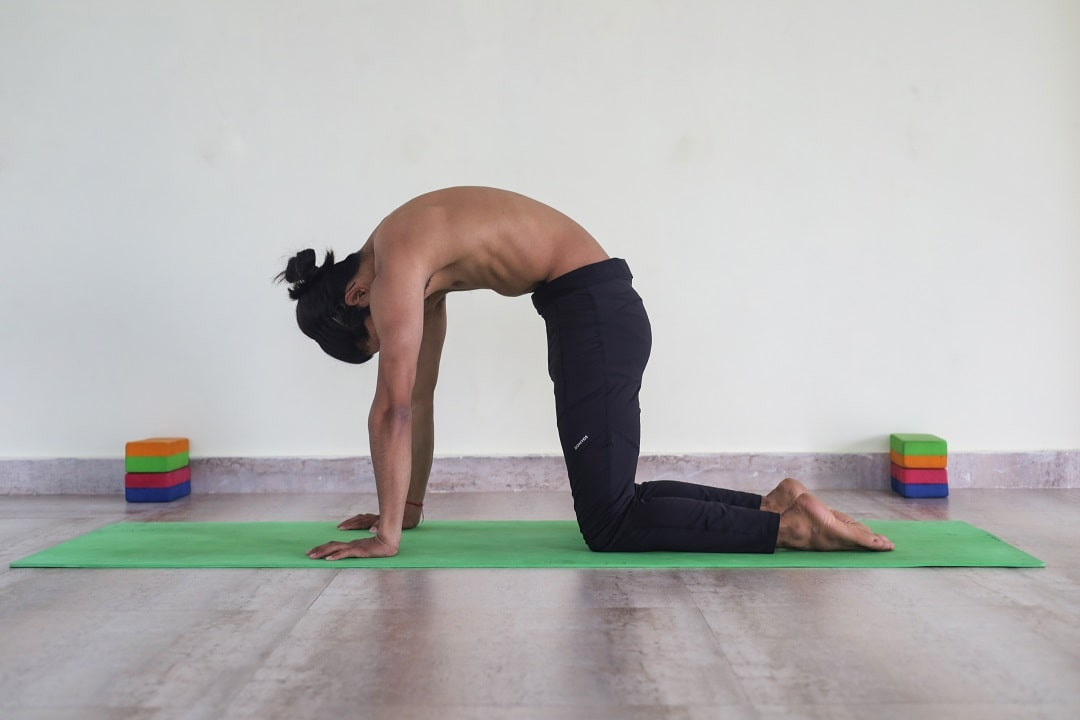
- Alternate between arching and rounding the spine.
- Coordinate the movement with your breath.
- Promotes flexibility in the respiratory system.
- Practice for 5-10 cycles.
Bridge Pose (Setu Bandha Sarvangasana)
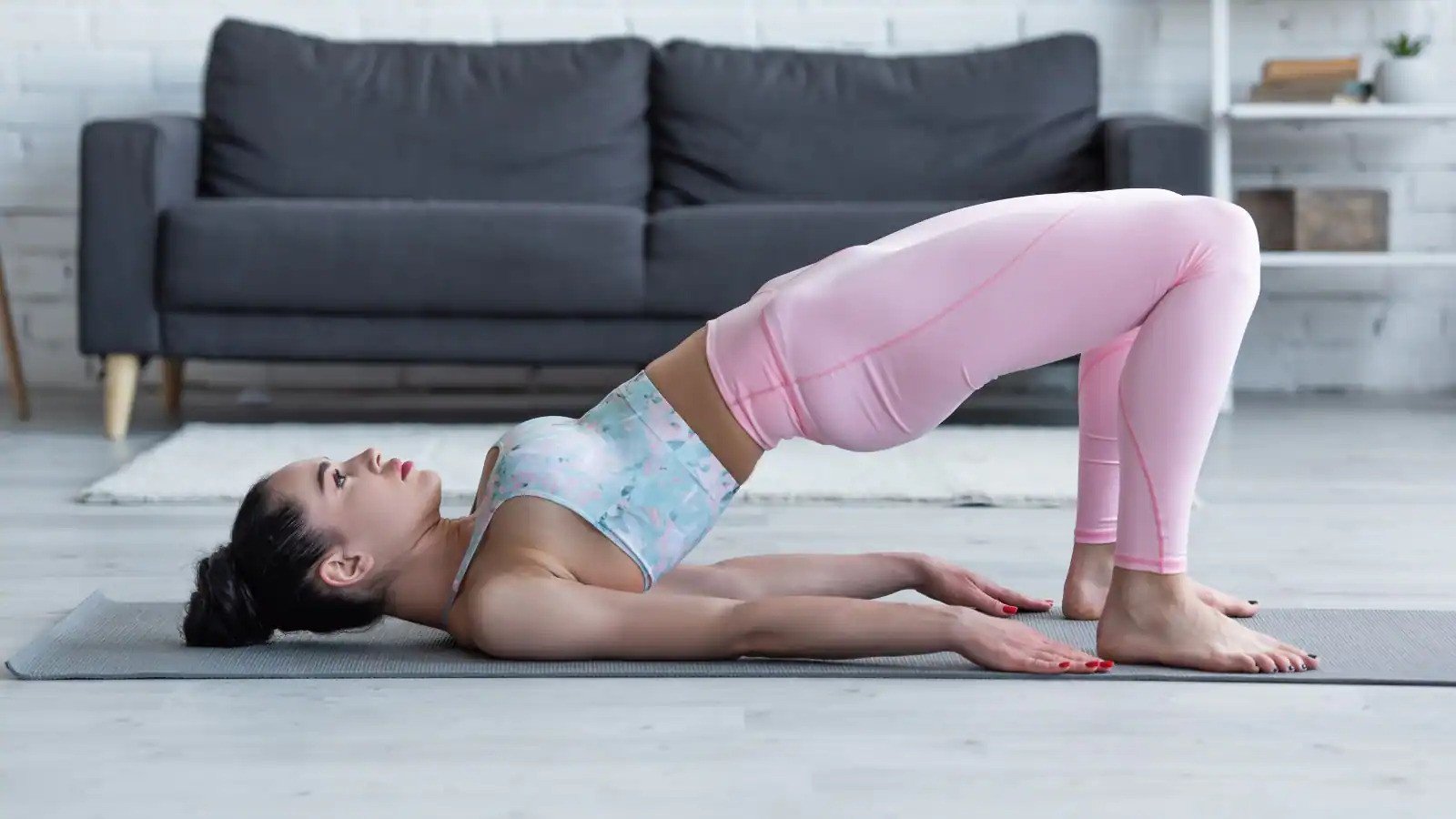
- Lie on your back with knees bent and feet flat on the floor.
- Lift your hips while keeping your shoulders on the floor.
- Opens the chest and promotes deeper breathing.
- Hold for 30-60 seconds.
Simple Pranayama Techniques
Single Nostril Breathing (Nadi Shodhana)
- Sit comfortably and alternate breathing through your left and right nostrils.
- Balances the respiratory system.
- Practice for 5-7 minutes.
Diaphragmatic Breathing
- Sit or lie comfortably, placing one hand on your chest and the other on your belly.
- Breathe deeply into your belly, feeling it expand.
- Practice for 5-10 minutes.
Bhastrika Pranayama
- Inhale for equal duration into your belly, ribs, and chest.
- Exhale for the same duration (e.g., inhale for 4 counts, hold, and exhale for 4 counts).
- Maximizes lung capacity.
- Practice for 5 minutes.
Bee Breath (Bhramari)
- Sit with your eyes closed.
- Create a humming sound during exhale.
- Reduces anxiety and alleviates throat irritation.
- Practice for 5-10 rounds.
Practice Guidelines
1. Additional Tips
- Maintain a consistent practice schedule.
- Focus on steady, smooth breathing.
- Stay hydrated before and after practice.
2. Timing
- Best practiced in the morning or evening.
- Avoid practicing immediately after meals.
- Start with 15-20 minutes daily.
3. Precautions
- Start slowly and gradually increase the duration.
- Stop if you experience difficulty breathing.
- Consult a healthcare provider before beginning practice.
4. Environment
- Choose a clean, well-ventilated space.
- Maintain a comfortable temperature.
- Use a yoga mat or blanket for added support.
Pay attention to how your body feels during practice and modify poses as needed. If you suffer from serious respiratory conditions such as bronchitis or asthma, it’s wise to consult a certified yoga instructor knowledgeable about respiratory health. For optimal respiratory well-being, combine these practices with proper medical treatment and lifestyle adjustments.


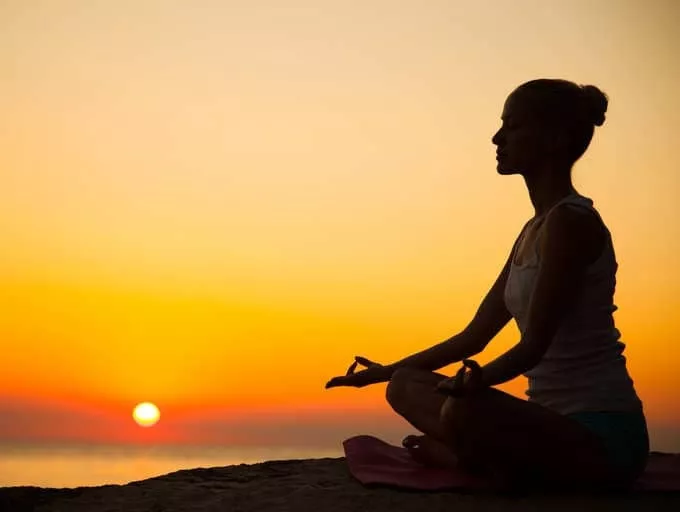






COMMENTS
Comments are moderated and generally will be posted if they are on-topic and not abusive.
For more information, please see our Comments FAQ